Elephant Encounter & Village Service – Kalaw, Myanmar
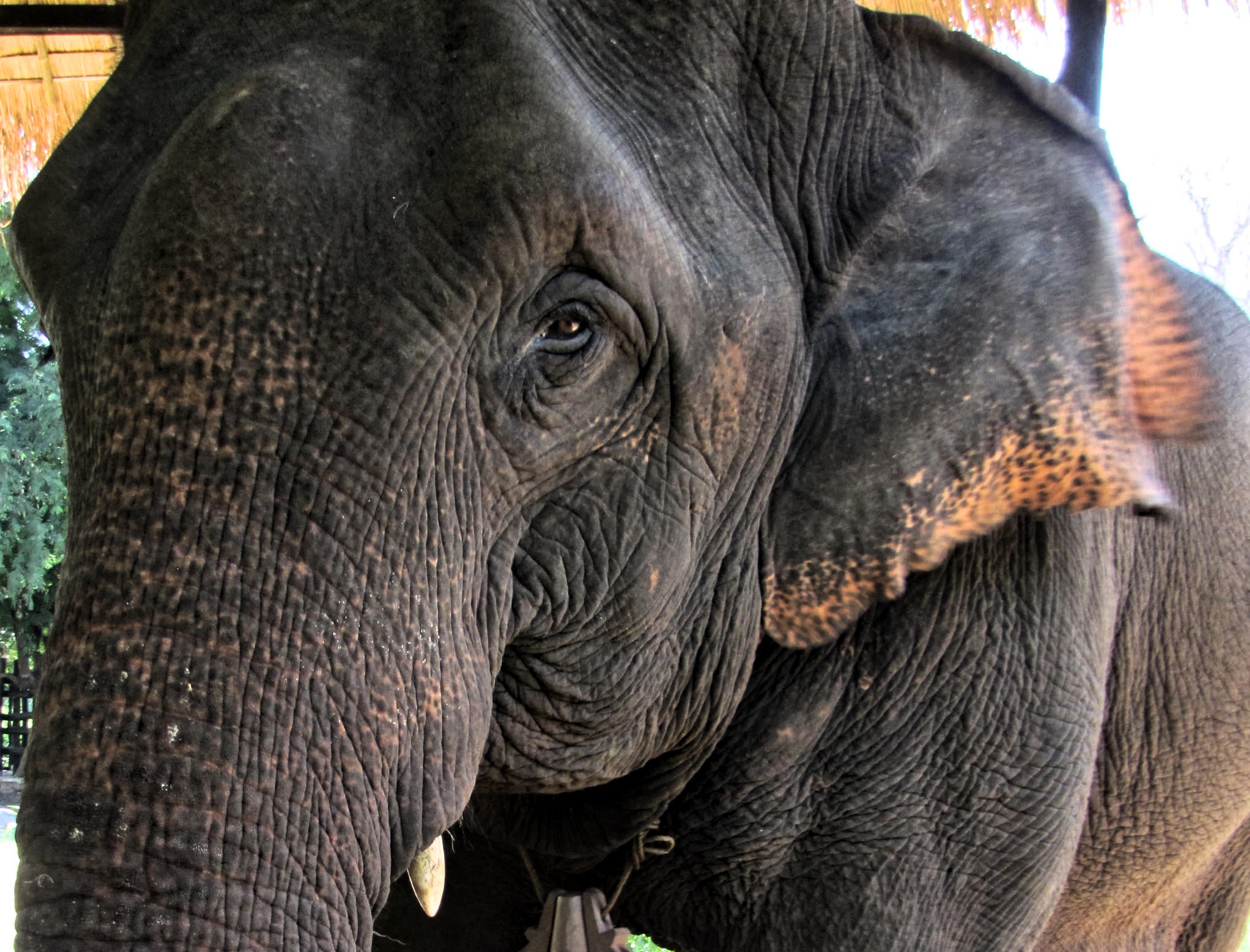
Green Hill Valley Elephant Camp
Elephant Unemployment Crisis
Between 2002 and 2014, the forest cover in Myanmar declined by more than 1.5 million ha. This degraded forest is mainly due to the logging industry. In 2013, a law was enacted by the Myanmar government to limit the export of raw timber. This caused the elephant unemployment crisis – an actual and serious thing! Before, elephants worked for many hours a day carrying tree trunks up and down hillsides in Myanmar. Since the introduction of the new law and stricter punishments, thousands of Asian elephants have become fat, bored, and depressed. The elephants started to act strange and have shorter lives. Elephants in Myanmar have better rights than some of the people now. They have a strict code of eight hour work days, mandatory maternity leave, summer vacations, medical care, and retirement at 55!
“Asian elephants are an endangered species now, so we need to conserve them whether they are wild or domesticated,” said Daw Tin Win Maw.
This quote is from one of the people who started the Green Hill Valley Elephant Camp. They are doing their part to help with this crisis and give the elephants a new purpose!
The above information is from an article in the New York Times by Thomas Fuller called “Unemployed, Myanmar’s Elephant Grow Antsy, and Heavier”. Click here to read the rest of this article.
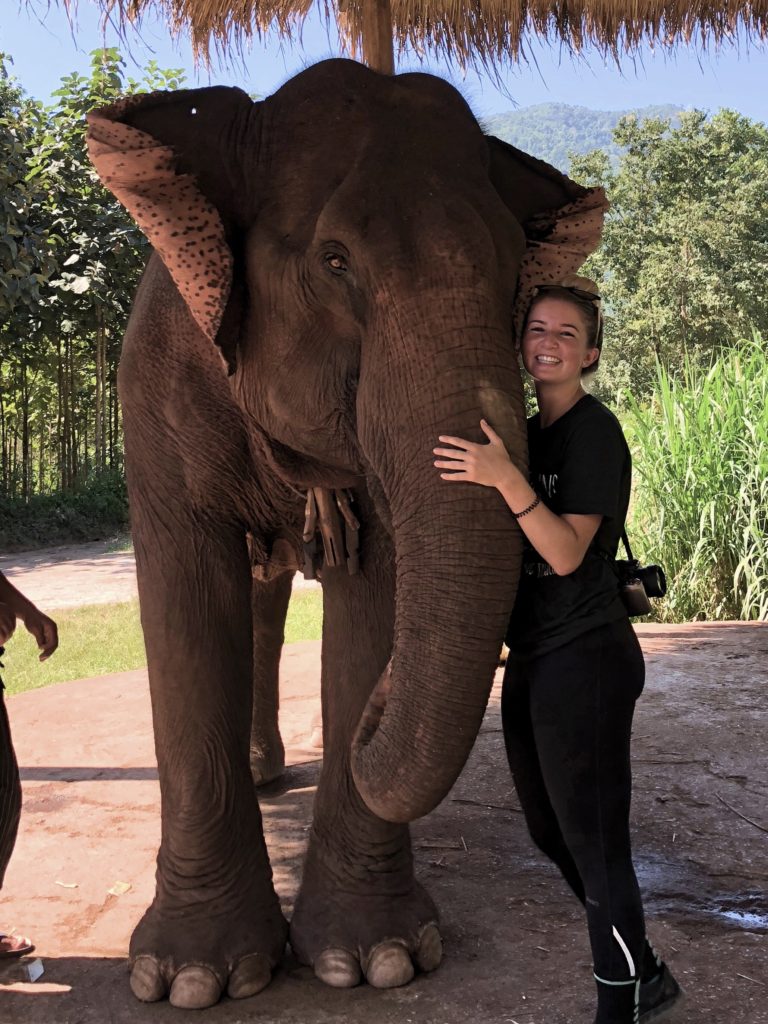
About GHV

The Green Hill Valley Elephant Camp was founded in 2011 by a local family with a love for elephants. GHV is focused on protecting nature, traditions, and of course, these magnificent animals. The camp is located about a 45 minute drive from Kalaw, Myanmar. The drive itself if breathtaking with endless views of mountains and valleys.
GHV works hard to care for elephants who are out of or no longer fit to work. It is basically care camp for these retired timber elephants. Visitors can have a unique experience interacting with the elephants by washing, feeding, and petting them. Another part of the program at GHV is replantation. They encourage forest recovery by allowing visitors to participate in this great program.
At GHV, about 35 tourists are allowed to visit per day. This ensures that the elephants have time to rest and return to the forest. Be sure to book ahead! There are two different programs you can choose from. The main difference between program A and B is that Program B includes a trek to and from the camp. The camp can be visited from 9am to 4pm and costs $90 USD per person. This price includes an amazing lunch and plenty of time to spend time with the gentle giants!
About the Elephants
When I visited GHV, there were 8 different elephants at the camp:
- Shwe Moe May – female, 63 years old
- Yu Moe Yin – female, 56 years old
- Shu Lay Wah – female, 40 years old
- Moca Tharel – female, 68 years old
- Motomei – female, 65 years old
- Hnin Sit Wai – female, 30 years old
- Htun Ma Ma – female, 40 years old
- Phoe Chit – male, 10 years old
We were able to interact with all of these elephants in different ways. Mahouts are people who work with and tend to elephants. Each elephant at the camp has its own mahout. They are usually with their elephant throughout its whole life. They become family and depend on each other.
All the elephants at GHV are free to return to the forest after the activities end at 4pm. This has become like their new job since the decline in the timber industry. Elephants at GHV enjoy their retirement and are very well cared for.
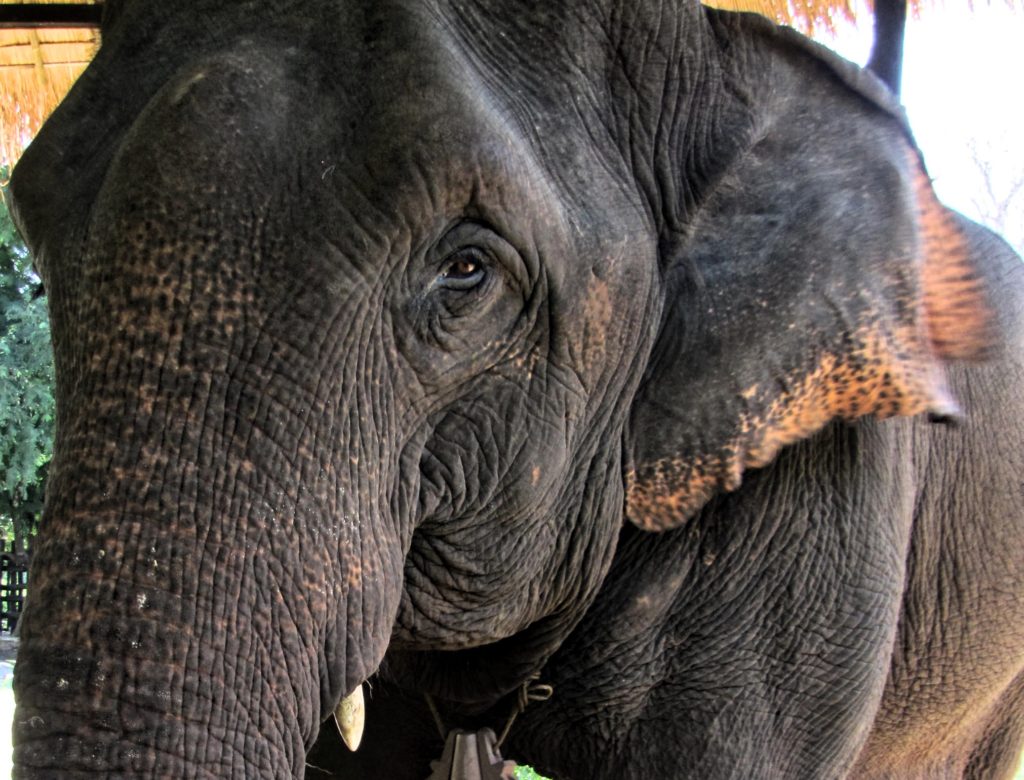
My Encounters/Experience
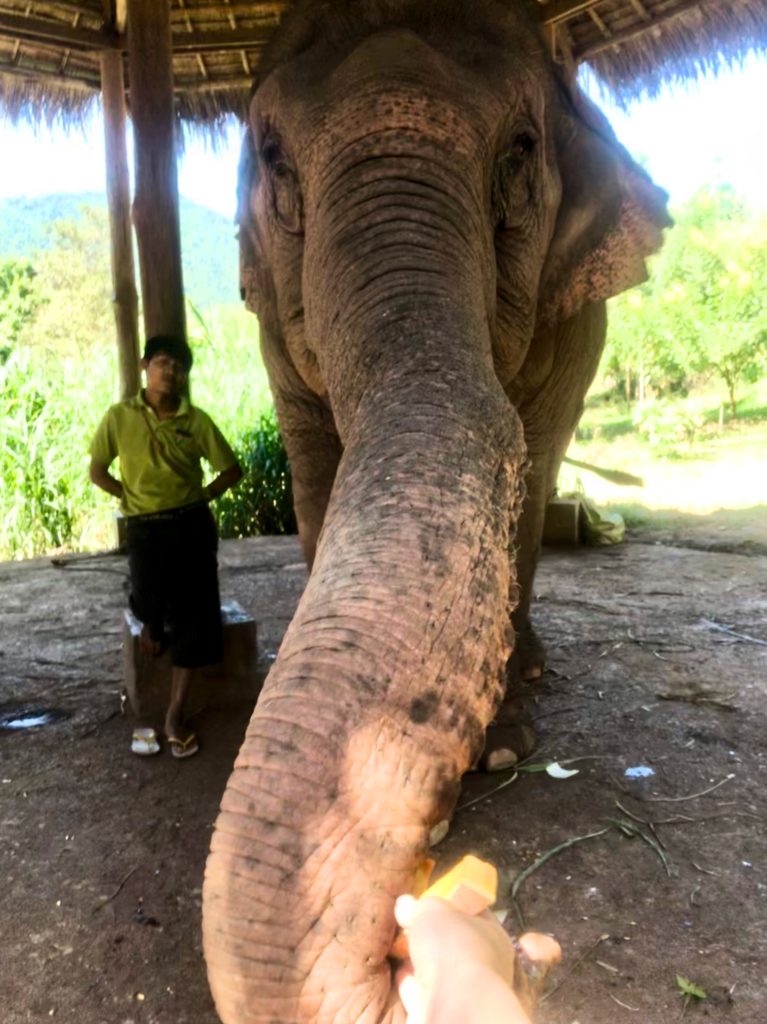
When we first arrived, we were welcomed on the bamboo veranda with a cold lemonade type of drink. One of the owners gave us a great introduction about the camp and what our day would look like. They informed us of the elephant unemployment crisis and of all the different elephants currently in the camp. The day was very educational and I’m grateful for the high ecotourism standard at this camp.
The first activity I got to participate in was feeding the elephants! I don’t know if I’ve ever been so excited in my life! There were four different elephants there and I went back and forth between all of them. We got to feed them pumpkin and sugarcane. Elephants eat for 14 to 18 hour a day so we could feed them as much as we wanted. It was so fun! I had a hard time believing I was feeding, petting, hugging, and getting hit by the trunks of four different elephants!
I would have been happy just having the chance to feed these majestic creatures but the day got better! The next part of the program was getting to wash the elephants! This meant we were going to be swimming with them in the river! I put on the traditional Shan garments, or mahout pants, they gave us and we walked down to the small falls in the stream. Here we joined the elephants for a bath! Due to their lack of sweat glands, elephants rely on swimming in streams and lakes to cool off in the hot Myanmar climate. We were given a natural shampoo/sponge to scrub the elephant. At one point, the elephants sprayed me with water from her trunk. Swimming with an elephant!! Is this real life??! Something I will definitely remember forever.
Throughout the rest of the day, we had the chance to feed and pet the elephants a few more times. Interacting with these beautiful creatures was more incredible than anything I could have imagined. It’s incredible that the Green Hill Valley Elephant Camp allows visitors to interact with these gentle giants and come to appreciate their beauty even more.
Other Activities
Other activities took place throughout this amazing day. As mentioned before, GHV is proud to include a program for replantation in the forest. Each of us were invited to plant one teak sapling from their nursery. This is a great way to educate visitors about the importance of reforestation.
Next was the elephant poo-poo paper! Yes, it is exactly what it sounds like! Along with replantation, Green Hill Valley has a recycle project making paper out of elephant poop! One of the workers gave us a complete demonstration of how the paper is made. They boil the poop for many hours before mixing it and pouring it over a mesh screen. It is then set out in the sun and left to dry for a few days. Each of us were given a piece that had been cut out. Pretty interesting!
One of the most important people at the Green Hill Valley Elephant Camp is Dr. Ba. He is a retired veterinarian who now works with the elephants. He showed us the detailed log books they keep for each elephant and explained a few different ways they care for the animals. It was interesting to hear what he had to say, and I even had the chance to ask him about elephant dental care. He also showed us an elephant skeleton that is used for educational purposes.
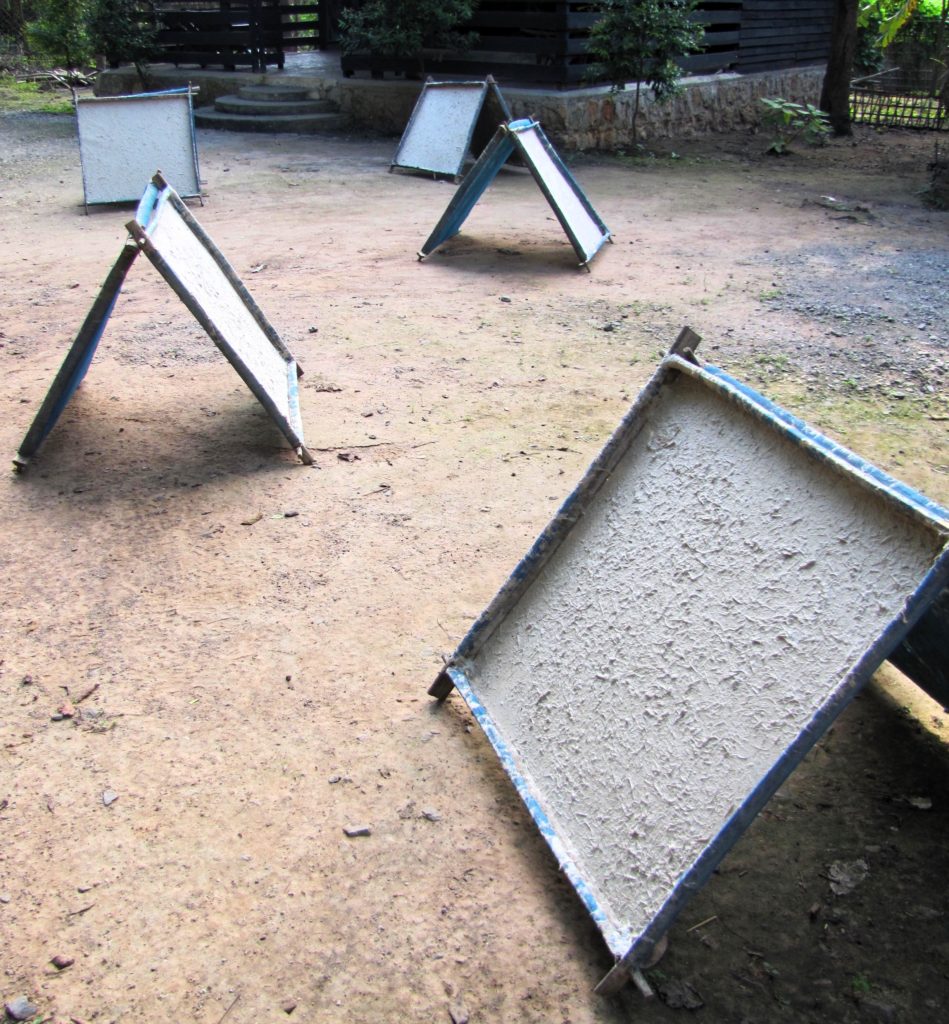
Jungle Trek
Trekking through the Myanmar jungle is an optional part of the program. A few of us decided to participate while the others took the bus and met us about half way back to Kalaw. It was a beautiful hike, and I’m glad I decided to participate. It took us about an hour and fifteen minutes to hike around 2.5 miles. We stopped many times to take pictures of the beautiful scenery. We were surrounded by palm trees and had to go through the creek two different times. I was very impressed that the GHV worker leading us did the hike in flip flops! My favourite moment of the hike was when we were surrounded by hundreds of yellow butterflies. It was a great moment.
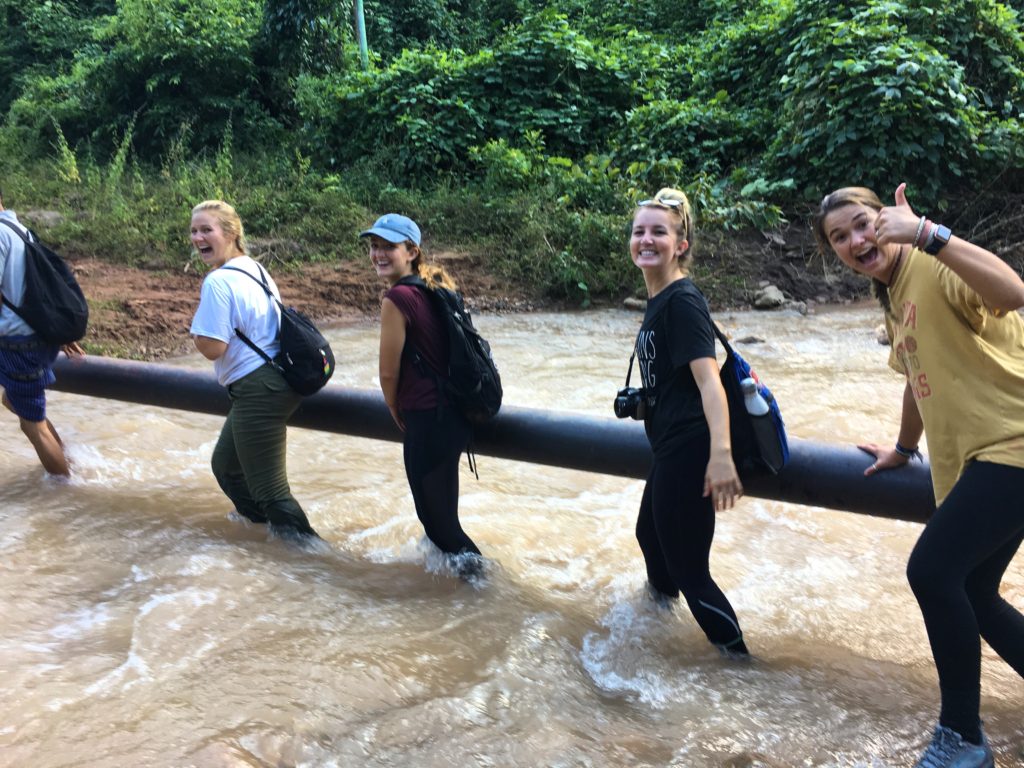
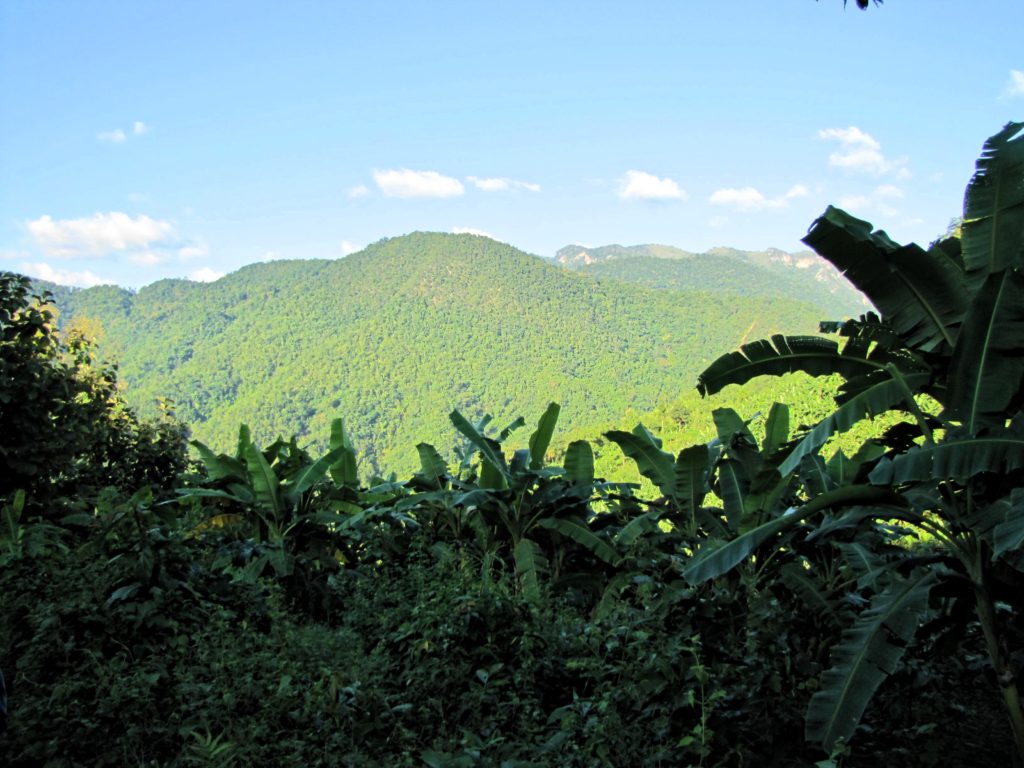
Feel free to read more about the amazing Green Hill Valley Elephant Camp here!
Village Service
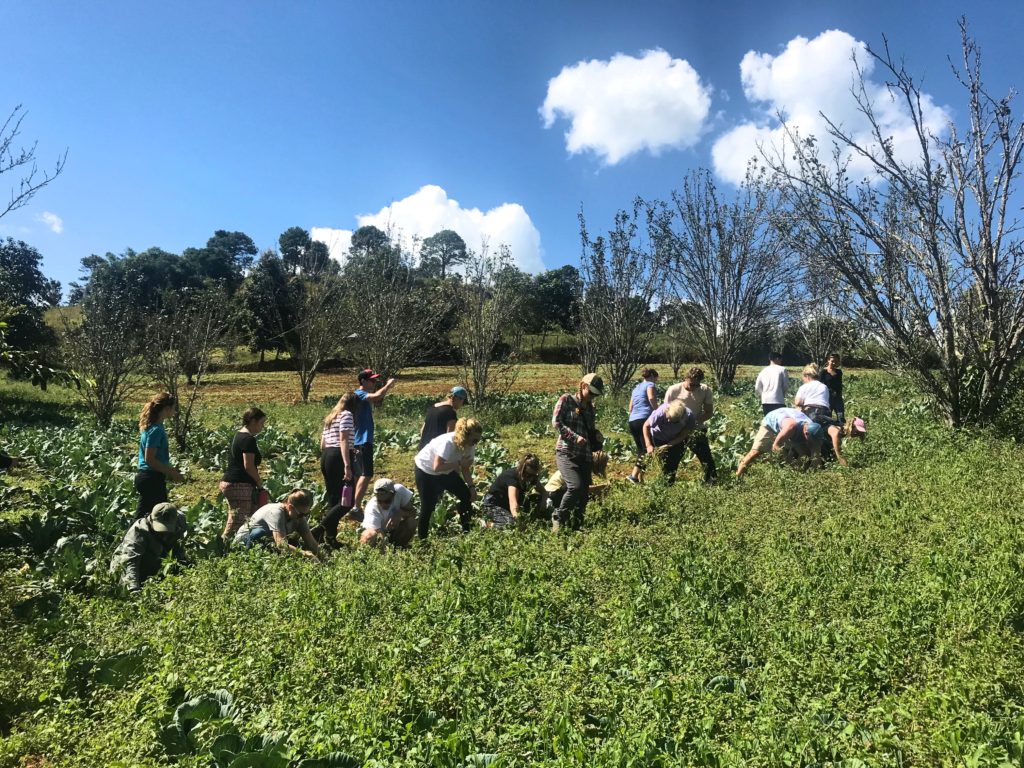
A group of us had the opportunity to volunteer at a local village near Kalaw. We were able to lend a hand by helping with some of the daily activities done each day in the Danu hill-tribe villages. When we first arrived, we met a local family from the Myin Ka Village. They told us all about their daily life and made us the most incredible homemade lunch. Various crops are grown in this region including sesame, tea, cauliflower, rice, and more.
We spent most of the day learning about and harvesting various crops. We helped to pick, clean, and break apart ginger, harvest cauliflower, and pick tons of weeds in the cabbage patch. I enjoyed getting to spend time in the dirt and get away from city life. It’s impressive how self-sufficient this village is in growing and raising most of the food they need. The people are so hard working and were happy to show us their way of life.
We were lucky enough to have the chance to visit the small school in the village. Though I couldn’t speak to the children due to the language barrier, I had such a great time interacting with these amazing children. They taught us how to play their version of rock-paper-scissors (knife-machete-sword) and we taught them different clapping games.
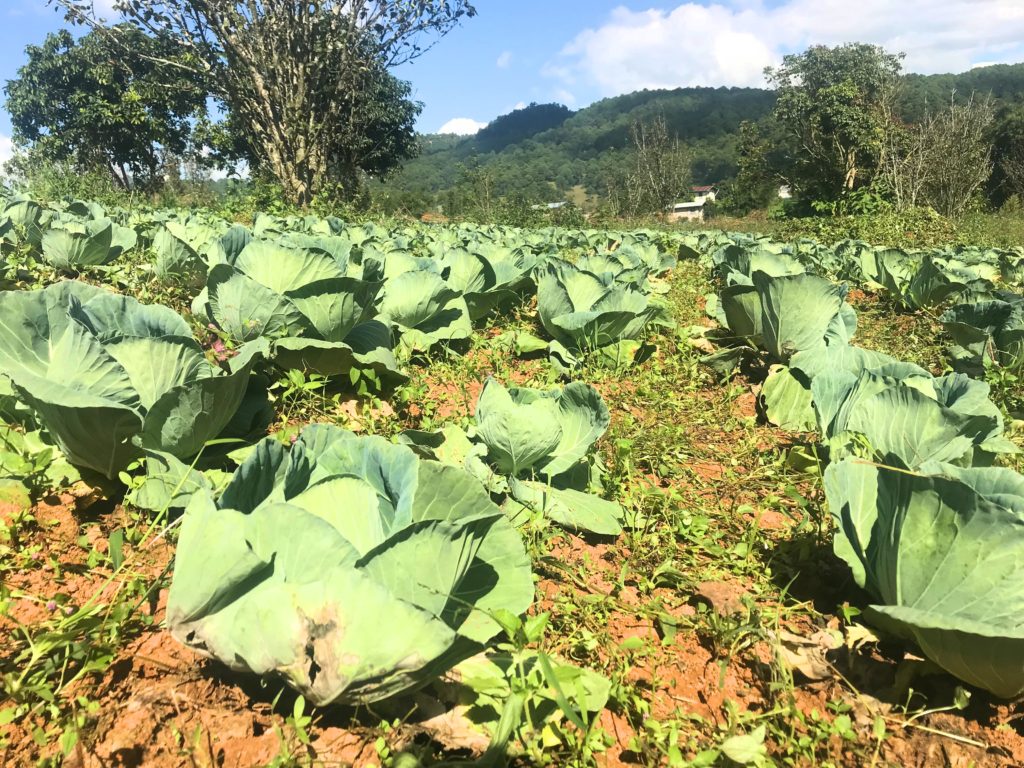

Additional Note:
If you ever find yourself in Myanmar, I highly recommend visiting the Green Hill Valley Elephant Camp. If you ever have the opportunity to interact with elephants anywhere in the world, be sure to do some research about the program. As I’ve mentioned in previous blogs, make sure the environment and well being of the elephants are not being compromised. While riding an elephant might result in a cool photo, it is very harmful for the animals. They are built to carry things with their trunks and necks, not their backs. Help to take care of these beautiful creatures!
Fun Fact:
Elephants think of humans as “cute” in the same way we think puppies and kittens are!
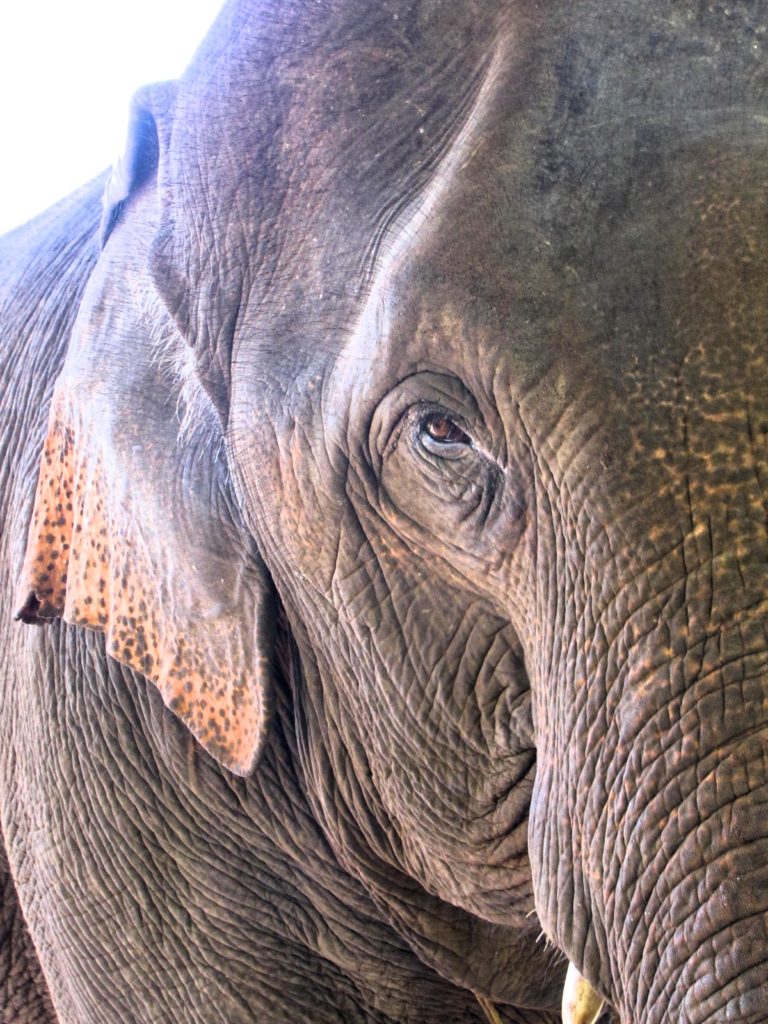
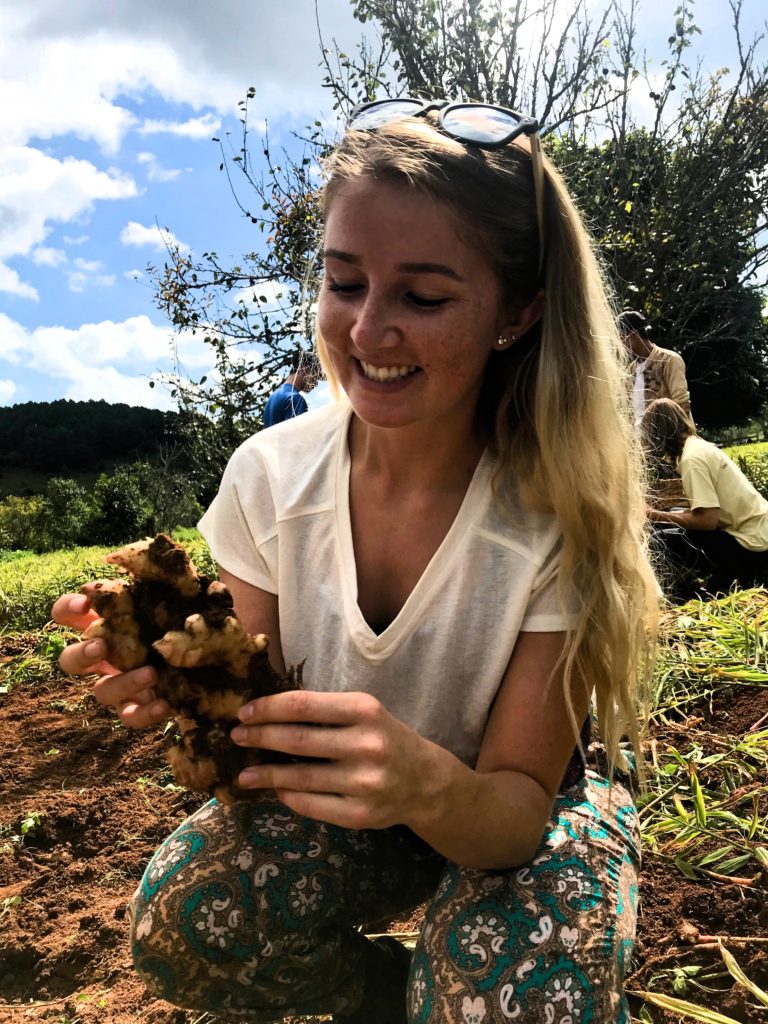
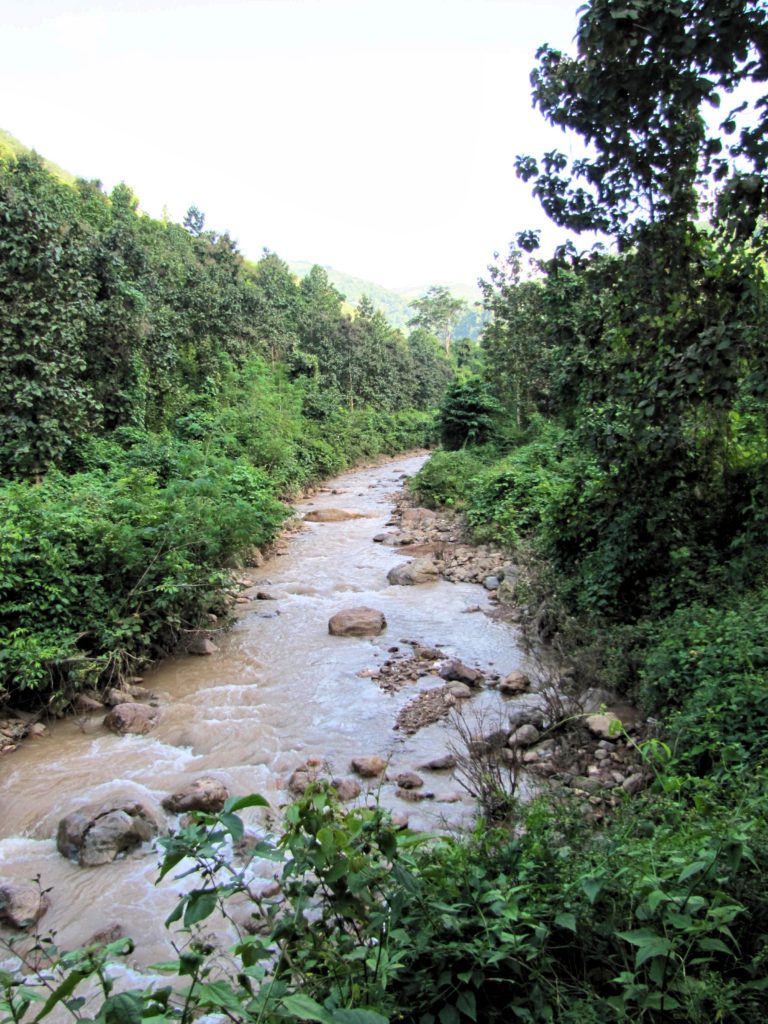
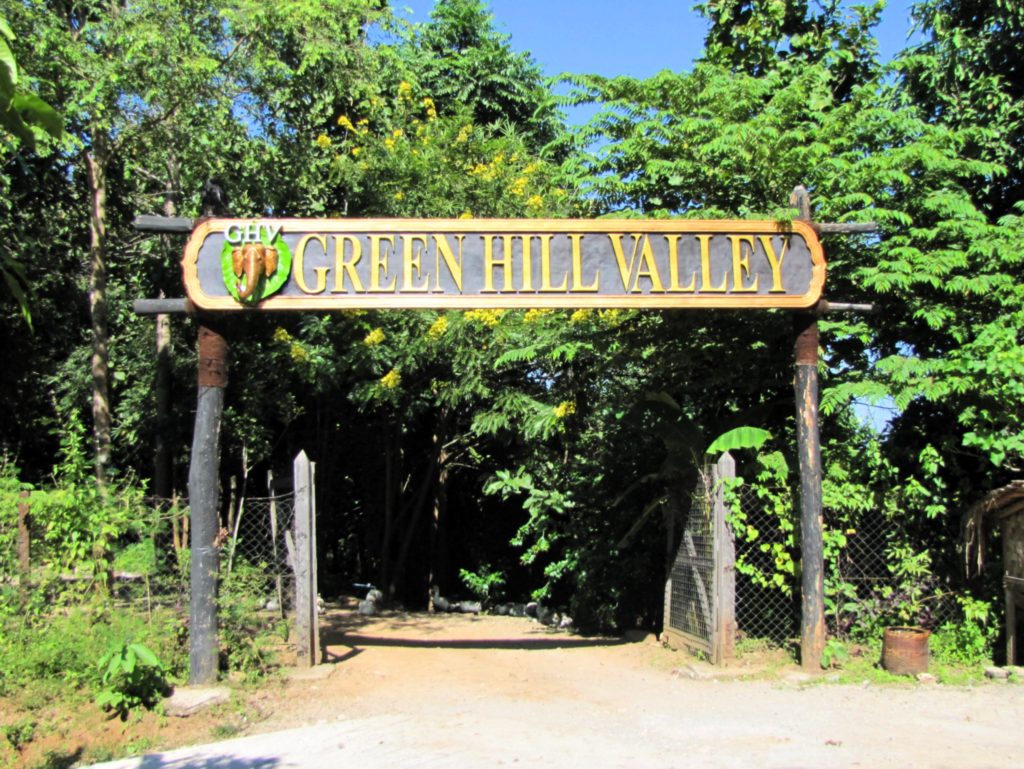
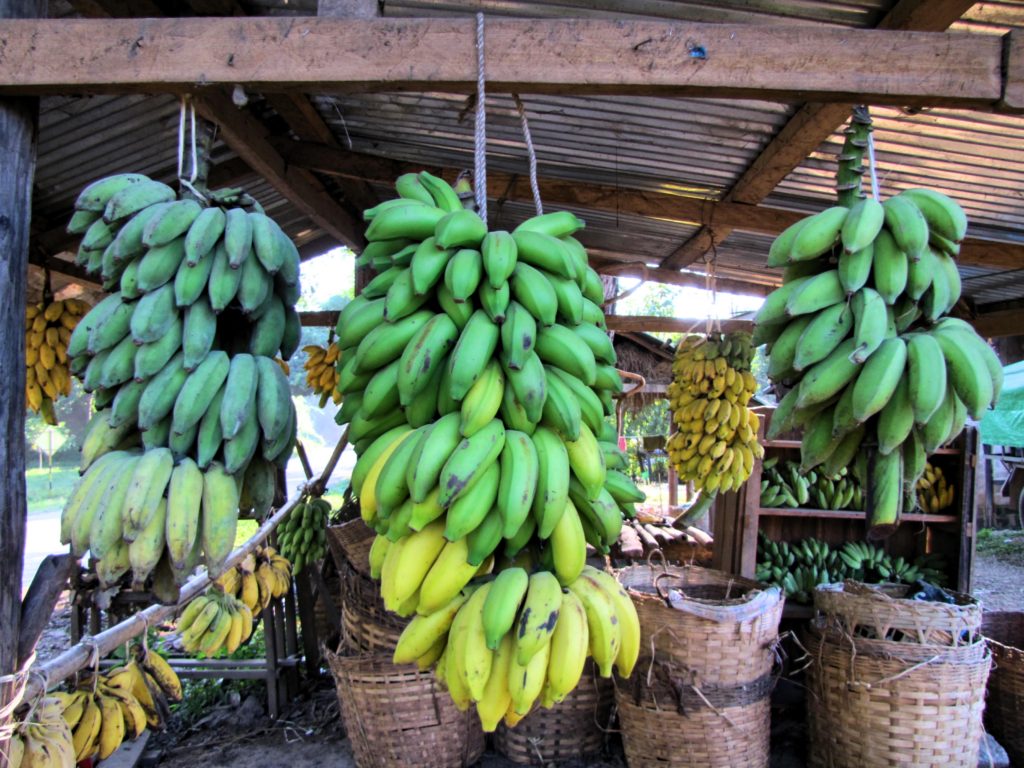

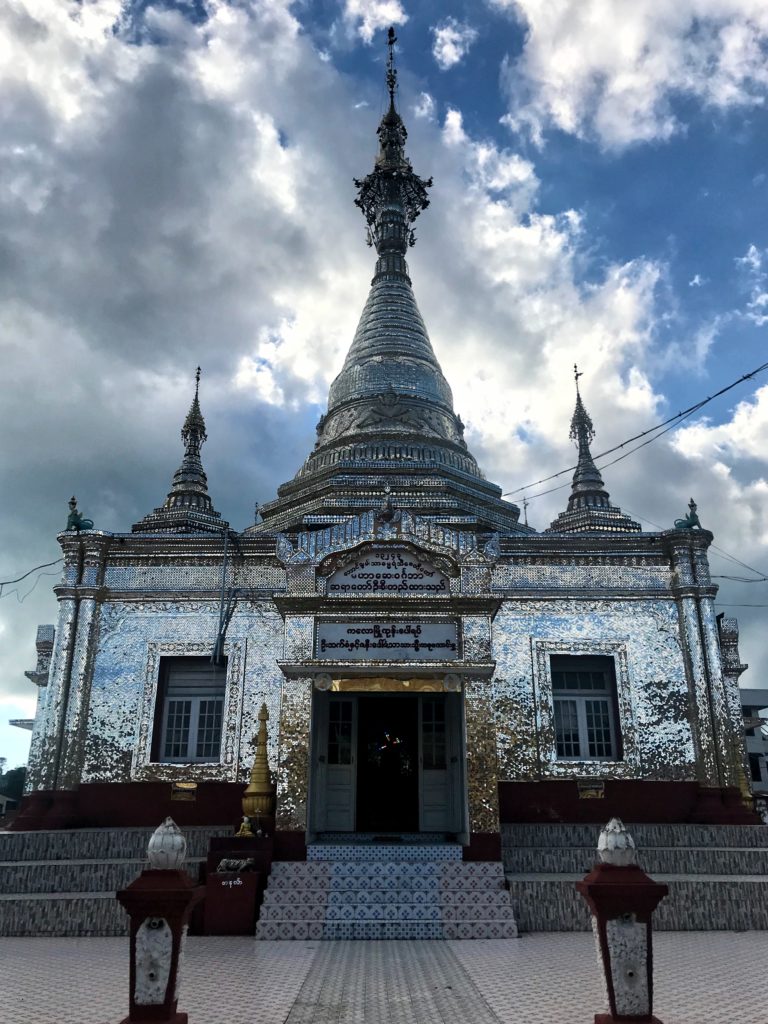
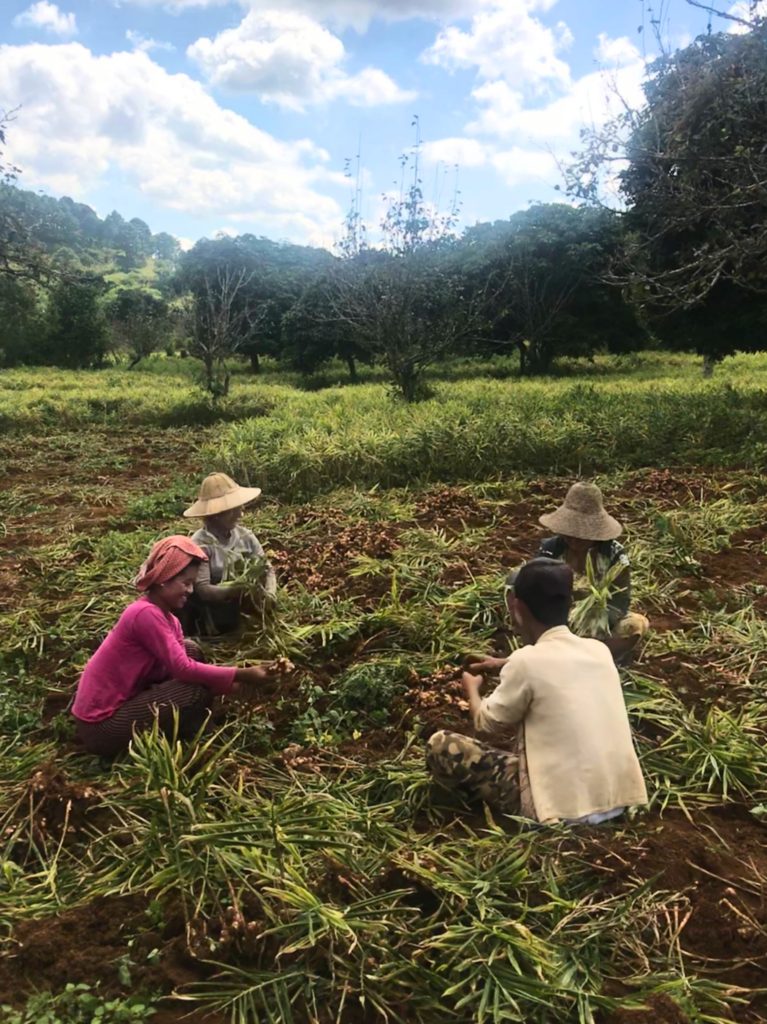


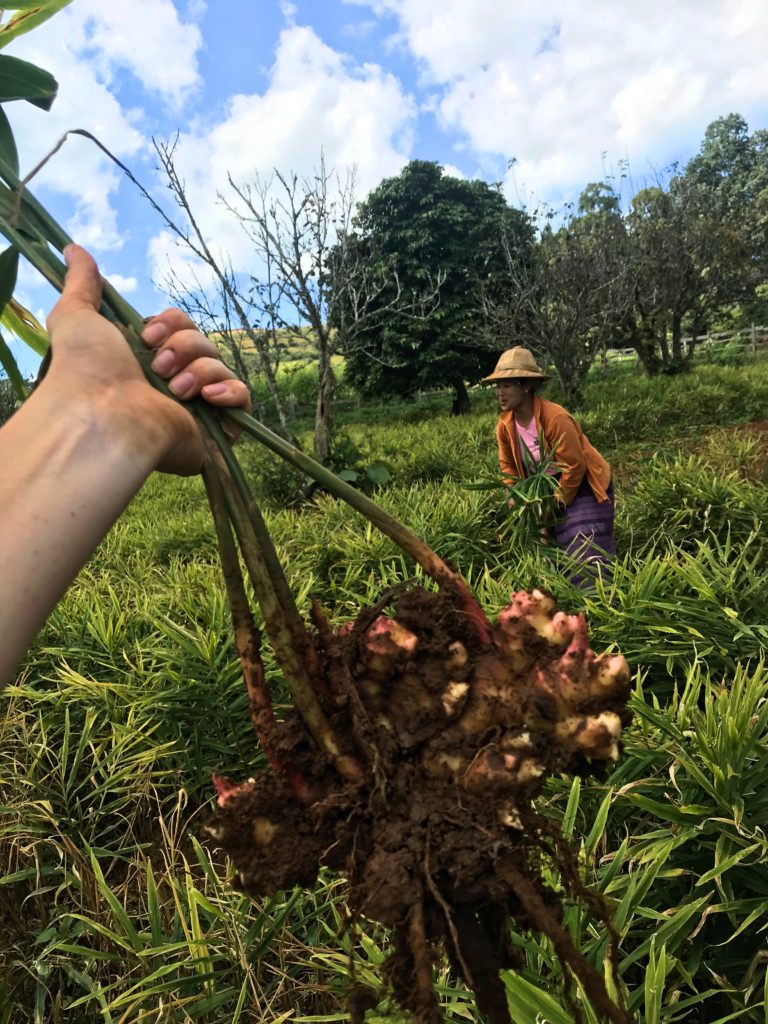
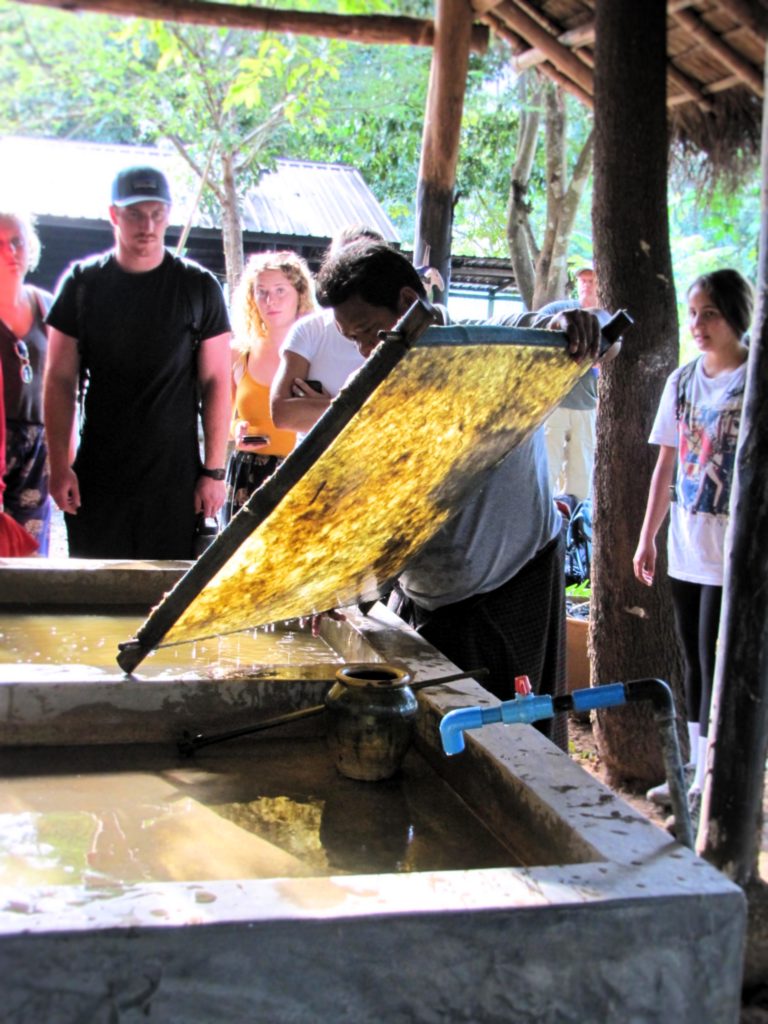
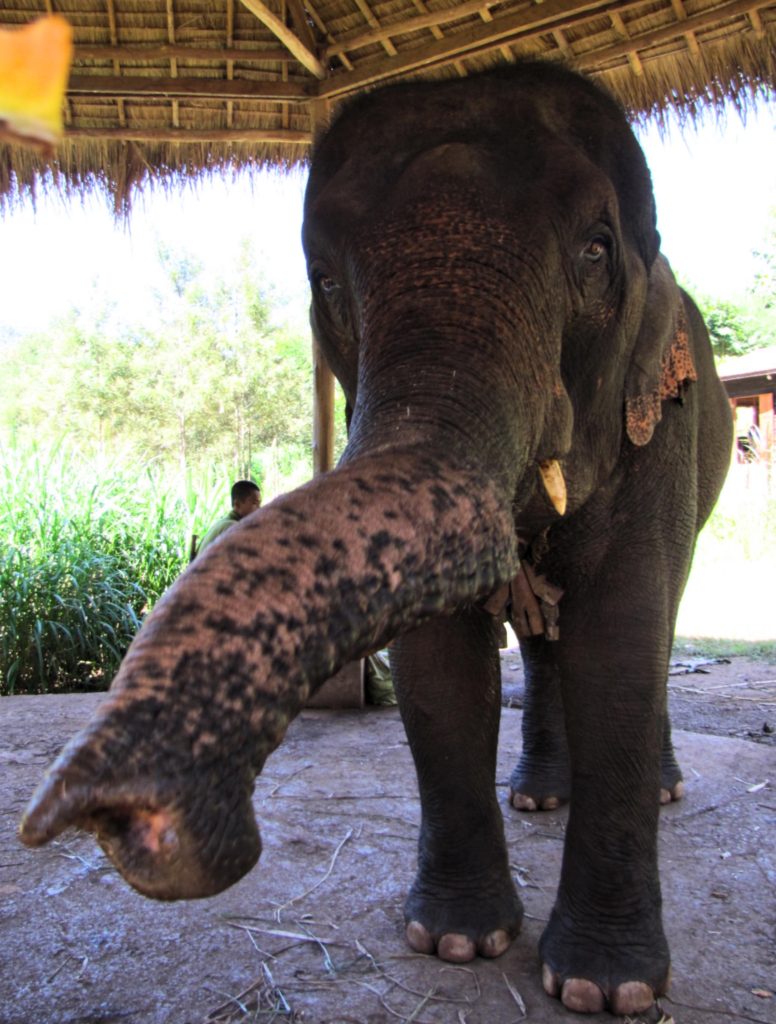
One Response
Like!! Thank you for publishing this awesome article.